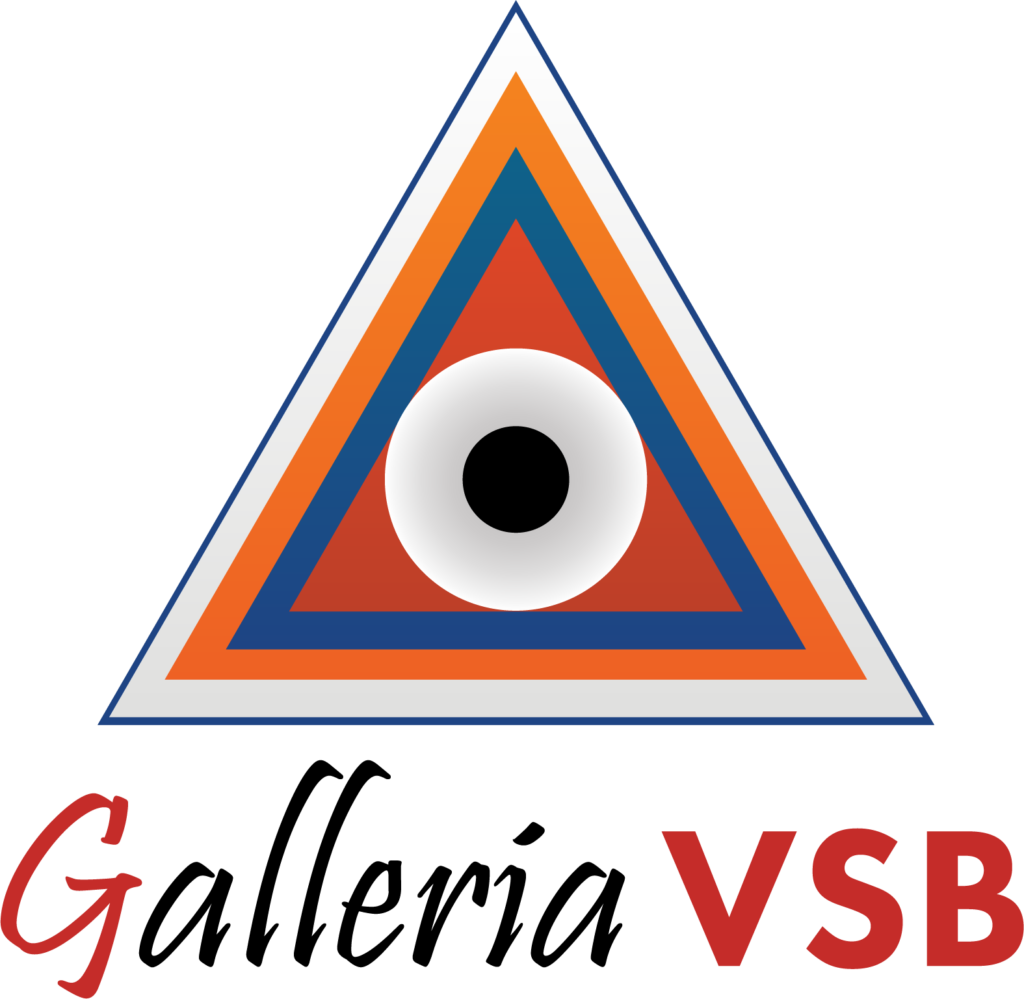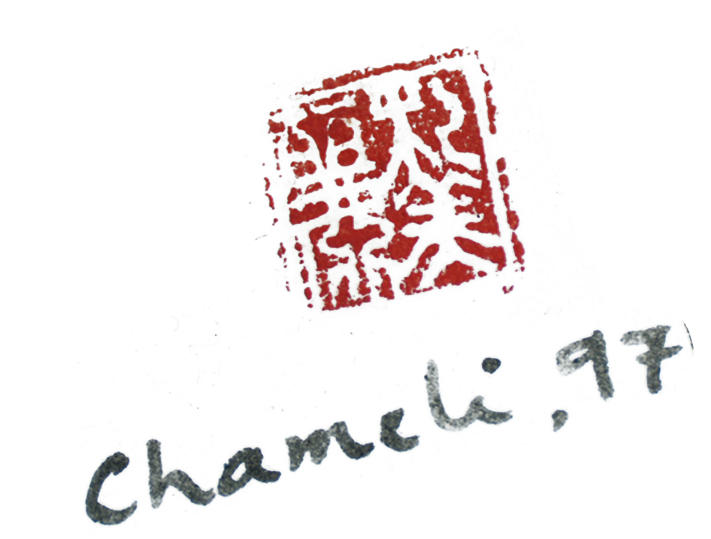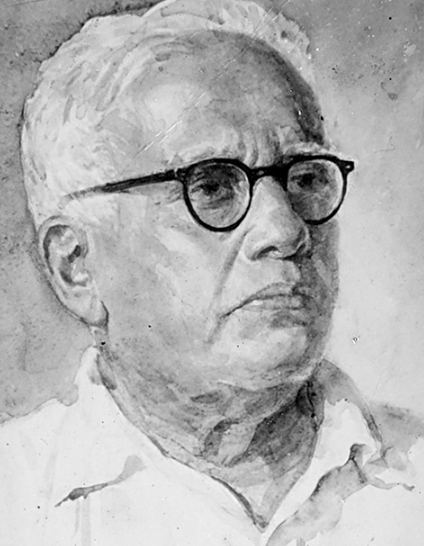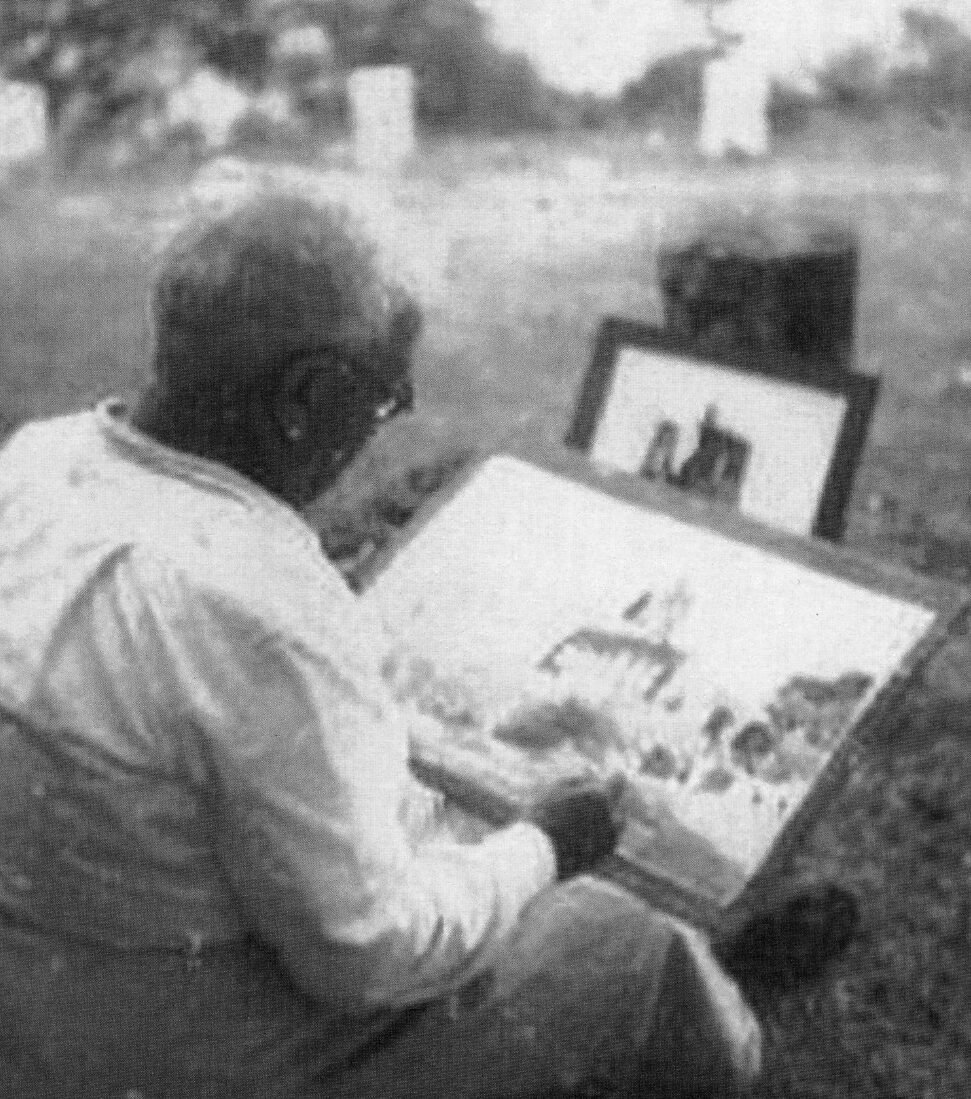S.L. Haldankar (Sawalaram Laxman Haldankar) born on November 25, 1882, in Sawantwadi, Maharashtra, was a pioneering Indian painter celebrated for his delicate handling of transparent watercolours and his role in the evolution of outdoor painting in India. Recognized for his artistic talent early on, Haldankar received a scholarship to study at Sir J. J. School of Art, where he trained under renowned artists Cecil Burns and M. V. Dhurandhar, earning his diploma in painting in 1903.
In 1908, Haldankar established Haldankar’s Fine Art Institute in Bombay, contributing significantly to the city’s vibrant art scene. A prominent member of various art committees, he co-founded the Art Society of India in 1918, serving as its president for several years. His involvement extended to the Maharashtra Chitrakar Mandal and the Hansa Mehta Committee for Reorganisation of Art Education.
Haldankar’s oeuvre included both oil and watercolor paintings, with a particular emphasis on portraiture. He was commissioned to paint notable figures of his time, including Pt. Madan Mohan Malviya, Jagannath Sunkersett, Sir John Beaumont, Lady and Sir Leslie Wilson, and the Raja Saheb of Sawantwadi. Alongside contemporaries M. K. Parandekar, M. V. Dhurandhar, and M. R. Acharekar, he was among the first Indian artists to paint landscapes and archaeological monuments en plein air, a trend that became popular in the early 20th century.





